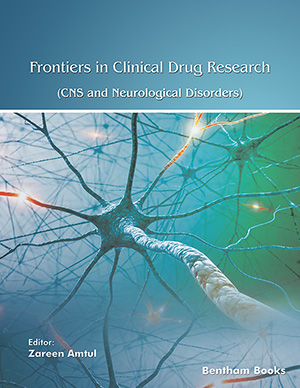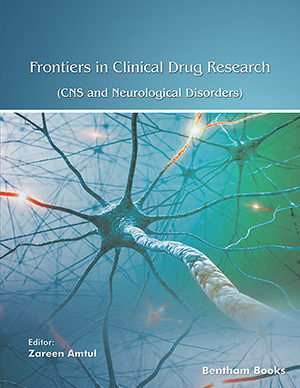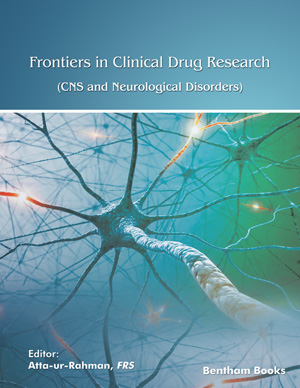
Abstract
At least nine neurodegenerative diseases are caused by the expansion of a polyglutamine (polyQ) tract in the associated disease proteins. Although these proteins are normally expressed in either the cytoplasm or the nucleus, polyQ expansion can cause them to accumulate and aggregate in the nucleus. Moreover, addition of an expanded polyQ tract to a small cytoplasmic protein, hypoxanthine-guanine-phosphoribosyltransferase (HPRT), leads to its accumulation in neuronal nuclei and neurological symptoms in transgenic mice. There is growing evidence that proteins with expanded polyglutamine tracts can abnormally interact with transcription factors, resulting in transcriptional dysregulation and cellular toxicity. However, several critical issues remain unclear. One question is how mutant proteins with expanded polyQ readily accumulate in the nucleus. It is also largely unclear whether both soluble and aggregated polyQ disease proteins can affect gene expression and whether they act in the nucleus via a common mechanism. Understanding these issues will help the development of therapeutics for the polyQ diseases. We review recent literature regarding these issues and discuss potential strategies to prevent or attenuate transcriptional dysregulation caused by intranuclear polyQ disease proteins.
Keywords: polyglutamine disease, polyq, huntingtons disease, transcription, neurodegeneration, aggregation, inclusions
 3
3


















